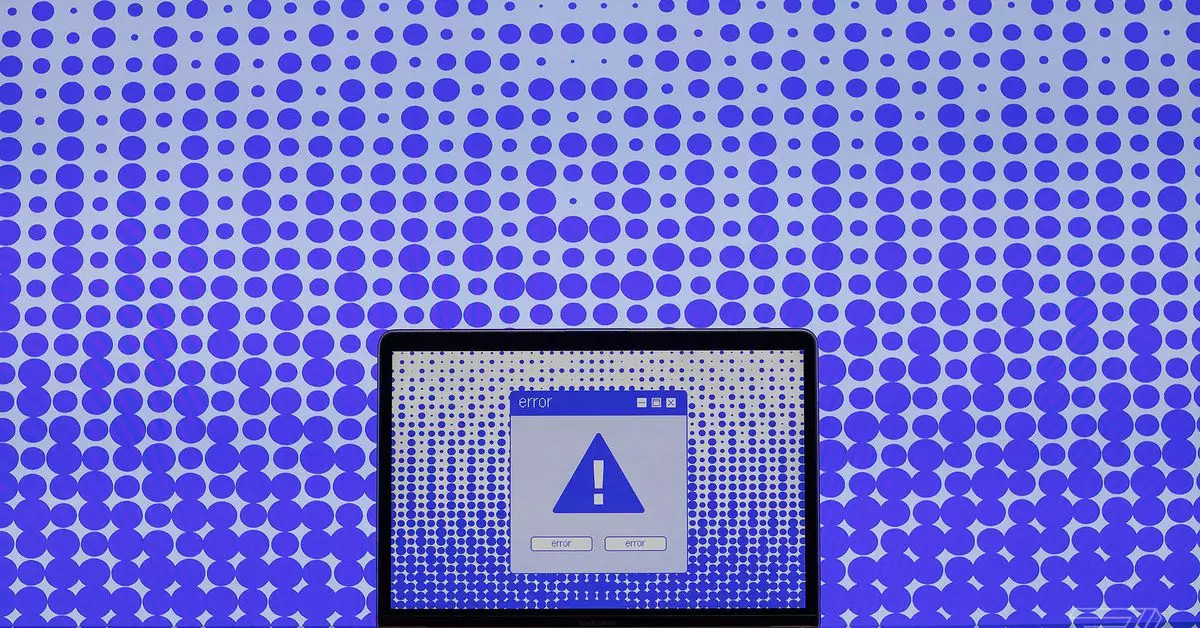The recent cyberattack on the Internet Archive has shed light on the vulnerabilities faced by important digital resources. Known for preserving vast amounts of information, including the famed Wayback Machine, the Archive was thrown into disarray when a Distributed Denial of Service (DDoS) attack was accompanied by a significant data breach. This unfortunate incident leaked sensitive information related to over 31 million user accounts, raising alarms regarding the integrity of one of the internet’s most cherished institutions.
The ramifications of the incident extend beyond the immediate operational disruptions faced by the Internet Archive. Users were left in the dark as their email addresses, screen names, and even timestamps for password changes were compromised. This has spurred concerns about identity theft and the safety of user information on widely-used digital platforms. For many people, the Internet Archive is more than just a digital library; it is a bastion of historical preservation. The potential misuse of personal information could jeopardize the trust that users have placed in such a vital resource.
In this challenging backdrop, Brewster Kahle, the founder of the Internet Archive, provided an update reassuring users about the safety of their data, stating, “The data is safe.” Despite the daunting situation, he indicated that the Archive would resume its services within days, not weeks, signaling confidence in the organization’s rapid recovery efforts. Kahle’s optimistic communication strategy aims to restore faith among users who rely on the platform for studying and accessing digital content.
Adding to the complexity of the situation, security expert Troy Hunt, the founder of “Have I Been Pwned,” confirmed receiving files containing the leaked data. This raises the stakes for all Internet Archive users. Though the organization appears to be on a path toward recovery, the external community must remain vigilant. Hunt’s platform enables individuals to check if their information was part of the breach, emphasizing the need for proactive measures among users.
This incident serves as a powerful reminder of the importance of robust cybersecurity measures in the digital age. As the Internet Archive prepares to restore its operations, it should not just seek to recover but also to reevaluate and strengthen its security frameworks. A comprehensive analysis of the breach, focusing on potential vulnerabilities, will be crucial in preventing future incidents. The Archive’s resilience in the face of adversity could emerge as a teaching moment for other digital platforms, illustrating the necessity of evolving cybersecurity protocols alongside technological advancements.
As the Internet Archive negotiates the complexities of recovering from this significant cyber incident, it becomes evident that digital preservation efforts are intertwined with responsibilities toward user security. The coming days will be critical in determining not only the fate of the Archive but also its role as a renewed guardian of digital history. Moving forward, it is imperative for organizations to prioritize cybersecurity, fostering a safer digital landscape for both users and institutions alike.

